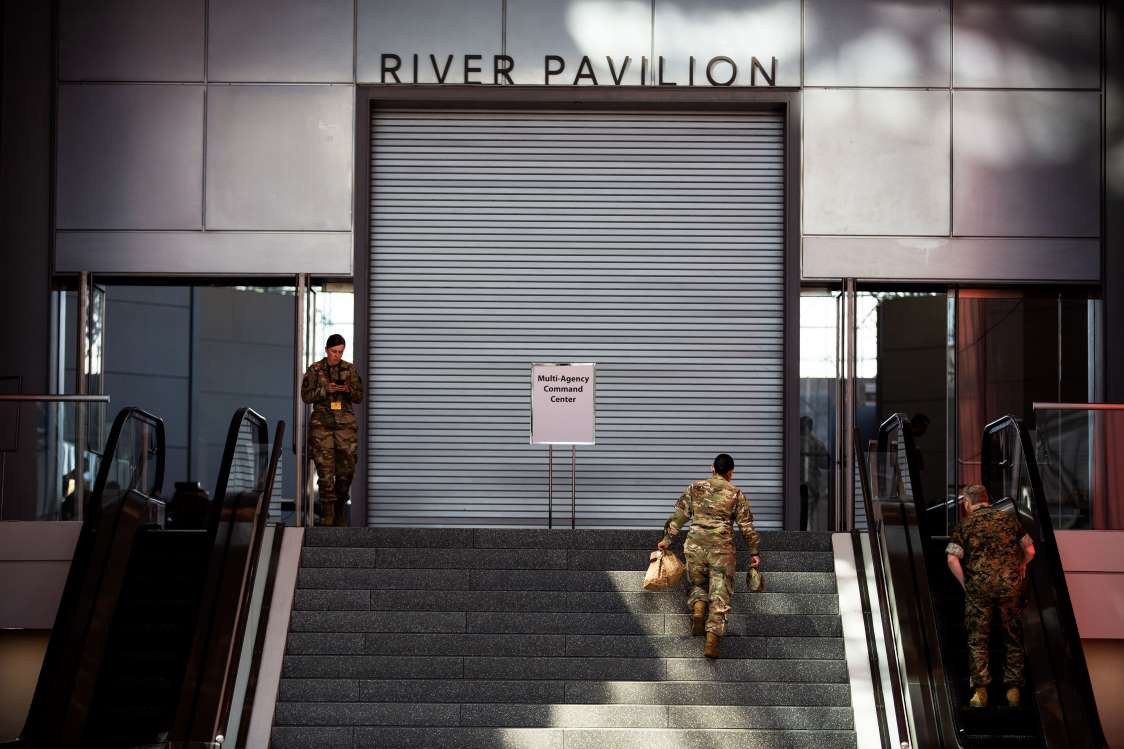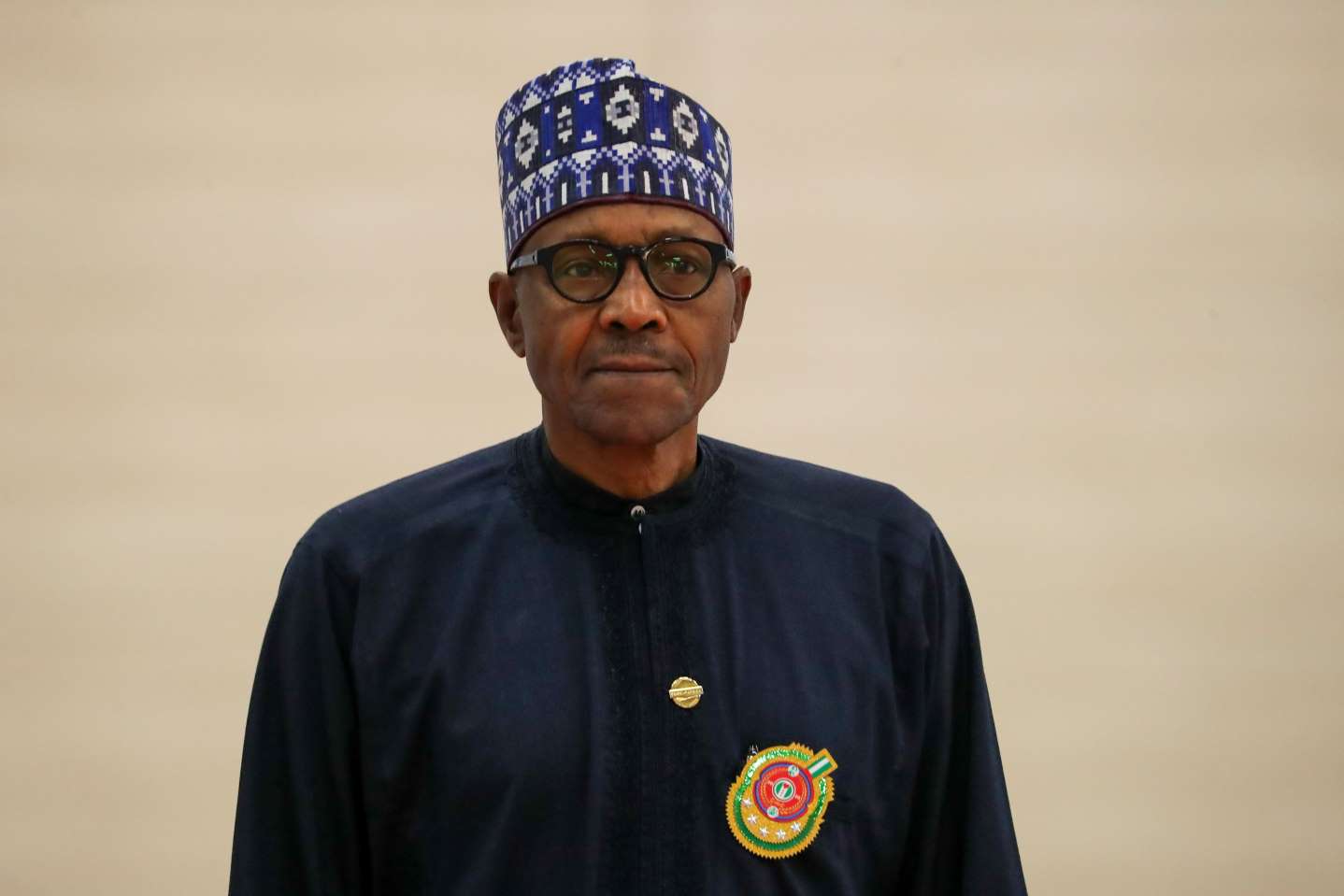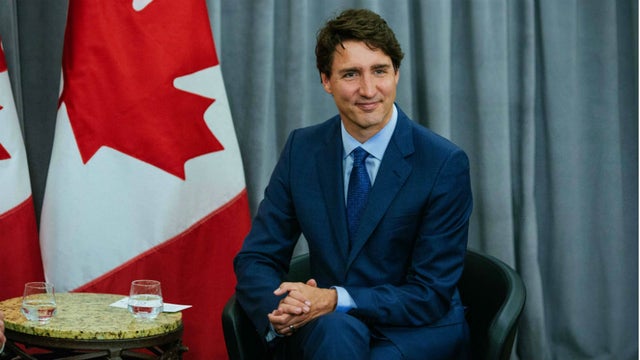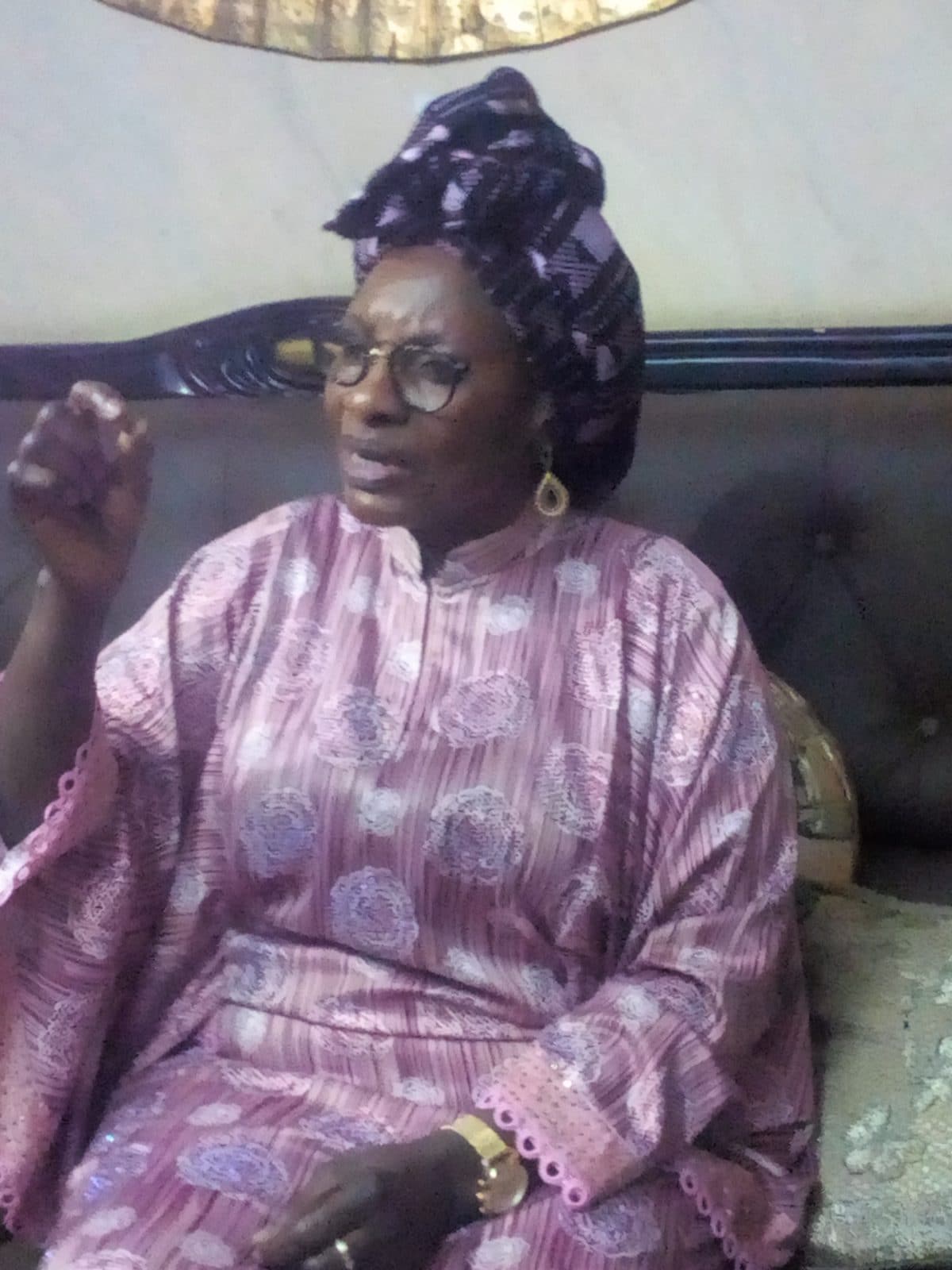Inside the Javits Center: New York’s militarized, makeshift hospital

NEW YORK —Soldiers in camouflage and civilians in polo shirts lined up for a life-or-death battle: Keeping a potentially deadly virus from overrunning this makeshift hospital inside a 2.1-million-square-foot convention center within the densest, most populous city in America, reports The Washington Post.
Colored tape on the floor marked where to stand. Six feet. Six feet. Six feet. Proceed to the neon yellow box. Answer the soldier’s questions.
“Do you have the covid virus?”
“Have you touched someone who is covid positive without PPE?”
“Do you have a fever or cough?”
“Are you feeling ill today?”
No, ma’am. No, ma’am. A drone with an infrared sensor perched on the entry desk like a robotic raven taking people’s temperatures. In Nanjing, China, the government sent a similar drone flying apartment to apartment to ferret out the sick. Here, if someone “pops hot,” as one soldier said, they’ll be descended upon by medics and rushed to an isolation tent. Every visitor cleared to enter is also issued protective gear, including a face mask.
This is the procedure for entering the Jacob K. Javits Convention Center, steps from the Hudson River on Manhattan’s west side. The massive, glass-walled event hall, usually home to cocktail-swilling conference-goers or Comic-Con superfans, has been abuzz with urgent activity in a race to assist a city being overwhelmed by the coronavirus pandemic.
More than 15 city, state and federal agencies — ranging from military engineers to Javits Center carpenters — built the initial 1,000-bed hospital from scratch inside of a week. On Thursday night they finished with a second wing holding 2,000 additional beds. By Tuesday, they project to have finished the third and final phase, adding 1,000 more. Other convention centers in Detroit and Miami have been calling for advice — how do you build a hospital in a place that wasn’t designed for it? — as this brutal disease spreads.
The plan until Wednesday had been to keep the Javits New York Medical Station, or JNYMS as they’re calling it, free of covid-19. The station was to take on “low acuity” patients, those recovering from surgery or with diabetes flare-ups who could be released in a few days, to relieve hospitals citywide, where the crush of thousands of covid-19 patients has left no capacity for treating other ailments.
By Thursday, however, amid an outcry from hospital administrators incredulous that the Javits Center was sitting near-empty while their doctors and nurses were being overwhelmed, Gov. Andrew M. Cuomo (D) announced that he’d requested, and that President Trump had granted, permission for the convention hall to assume a new mission. The makeshift medical station that was supposed to be covid-free is now covid-only. Its 11 patients were transferred to the USNS Comfort, the military medical ship deployed from Norfolk, and docked around 20 blocks north of the Javits at Pier 90.
On Saturday, Fox News reported that a few of those transferred to the Comfort, which was supposed to remain free of covid patients, tested positive for the disease and were sent back to the Javits Center. (As seen with cruise ships and the covid-embattled aircraft carrier USS Theodore Roosevelt, the virus can ravage close quarters at sea.) Officials who confirmed the development characterized it as a mistake. Navy officials called it part of the process and that medical professionals assessed risk to the crew was low.
As of Saturday evening, the JNYMS had 40 patients.
‘A 24-hour operation, without an end date’
Folding table upon folding table, each with its own set of workers, divided by stanchions, filled the Multi-Agency Command Center on Level 4. Sunlight poured in from 135-foot-high glass walls. Uniformed personnel from the Army and Air Force National Guard, the Navy, the U.S. Public Health Service, and the New York City Department of Health practiced social distancing. The array of jumpsuits and military jargon could be confusing to the civilians present. “What I’ve learned is that if you’re in the military, you only talk in acronyms, and I don’t follow acronyms very well,” said Javits CEO Alan Steel, who said he was nonetheless impressed at how his military colleagues’ practice of having a meeting every hour kept communication flowing.
“Attention all personnel, remember to maintain six feet of separation to prevent the spread of the virus. Thank you,” blared an announcement scheduled to go off every hour.
Almost no one wore a mask, though that changed just as soon as the first covid patients arrived.
The Javits Center is owned by New York state, but the 4,000-bed medical center inside it is a federal operation. In mid-March, when Cuomo ordered an end to gatherings larger than 500 people, Steel put his staff in “maintenance mode” — mainly restoring the building and planning for the shows they hope to start hosting again in July. He sent most to work from home. The 3,000 skilled, hourly-rate tradesmen — carpenters, electricians, plumbers, forklift operators — reverted to “their normal work condition, which is if there is not an event, then they’re not working here,” he said.
But within days, the Army Corps of Engineers inquired about turning the conventional hall into a possible hospital. The first supplies arrived March 20, and people went back to work.
One hundred and sixty miles to the north, in Rotterdam, N.Y., Col. Dennis Deeley’s phone rang. The Guard had an assignment for him.
“I called my fiance of 20-some-odd years and said, ‘Hey, I gotta go, can you start packing?’ And she said, ‘We’ve been through this before. I’m packing,’ ” said Deeley, who is now the JNYSM incident commander. “I’m really just the coordinator,” he says. “I’m getting everybody together to meet from all the different colored jumpsuits you saw out there.”
From an initial team of 10, Deeley’s core staff grew to 50, while the total National Guard presence is around 400. Overall, the total number of people on site fluctuates between 1,000 and 1,500.
“I don’t know how to manage a hospital,” Deeley said, noting that the health care portion of the operation comprises medical experts from the Army and the U.S. Public Health Service. “I can build one, but I don’t know how to manage it.”
This is the biggest job Deeley has ever done, he said — a big step up from serving as a task force commander with 600 soldiers reporting to him in the aftermath of Hurricane Sandy, which throttled the Northeast in 2012 and required the Pentagon to assemble a massive humanitarian response. Having only military folks to command back then, he said, “I’d just tell them what I needed them to do and they’d do it. So right now, because I’m tired, it feels like 10 times more than what I’ve handled before.”
If he could do anything over again, he said he’d bring “somebody else so I could get some sleep.”
Meanwhile, Ken Dixon, the Javits Center’s head of security, was dealing with a nightmare of protecting the building from both unauthorized visitors and an invisible enemy in covid-19. His team is using only two of the building’s 225 perimeter doors — with the help of the New York City police, the New York State police and the National Guard. Already, they’ve had patients who’ve tried to walk in through the front door — seeking a coronavirus test or trying to get admitted — rather than first seeking transfer from a hospital.
They called an ambulance for the woman who showed up with covid-19 symptoms, but a Javits security guard is now one of two people on staff who have the disease — and 25 percent of Dixon’s security team is self-quarantining.
“It’s not even a comparison,” said Dixon, when asked whether this is bigger and more stressful than a normal Javits show. “It’s a major undertaking. It’s a 24-hour operation, really, without an end date.”
A day later, covid-19 entered the building
On Level 3, in the big expo halls that around now would be hosting the New York Auto Show, carpenters arrived that first week and built out the bones of the medical station within four hours. Union electrician Robert Porazzo, was pulling up cables he’d just put down for the third time in a corner of Phase 2 that had started off as hospital beds, turned into a spot for X-ray unit, and was now going to be a place for doing lab tests.
“We consider this to be a show. We do this all the time,” he said. “We get one plan, okay, we put everything out, no wait, hang on, they want something else.”
After this job, carpenter Latoya Bolen, like Porazzo, expects to seek unemployment benefits. Typically, events such as the auto show employ up 2,000 people. The hospital build has required fewer than 100. Bolen said she counts on the busy first six months of the year to help her care for her ailing mother and take her through the down times for Javits events in late summer. “It definitely hit me hard. I would say 30 percent of my income is no longer available to me,” she said. “I speak to a lot of my co-workers and they weren’t financially prepared for this.”
Mariam Karim, the head of in-house catering, had to transition from designing menus of luxury hors d’oeuvres to mimicking buffet meals at a military mess hall. “We got everyone to agree on the same menu,” Karim said. “Do I want to have contracts with 17 different agencies? No.”
The JNYSM includes a pharmacy in a concession stand and nursing stations built from scratch. Kenneth Sanchez, head of facilities for the Javits Center, said that one of the hardest things to find were the 50 mobile showers his team amassed from as far away as Georgia. The vendors had to unlock their businesses to fill the orders, he said.
Already, supplies like the modular walls Javits used are growing scarce, as convention centers around the country have started to build their own emergency hospitals. “Whereas three weeks ago, you could have called someone and said, ‘Give me a thousand walls tomorrow,’ ” Steel said, “now they’ll say, ‘I’m sorry. They’re in Chicago. They’re in Las Vegas. They’re in Houston.’ ”
The expectation is that FEMA will reimburse the Javits Center for their costs. As a “public benefit corporation” that provides a service to the state by bringing in people who spend money on restaurants and hotels, the facility doesn’t rely on taxpayer dollars. It simply looks to break even each year.
Down another corridor strange commands floated into the hallway: “Forward, back, down, up,” a medic told a National Guardsman who was wearing an N95 mask under what looked like the hood for a hazmat suit. Soldiers were lined up — six feet apart — for the chance to bow and shake like they were at a concert thrashing in a mosh pit. It was a simulation to test the fit of their masks and mimic a confined environment.
A day later, covid-19 entered the building.



